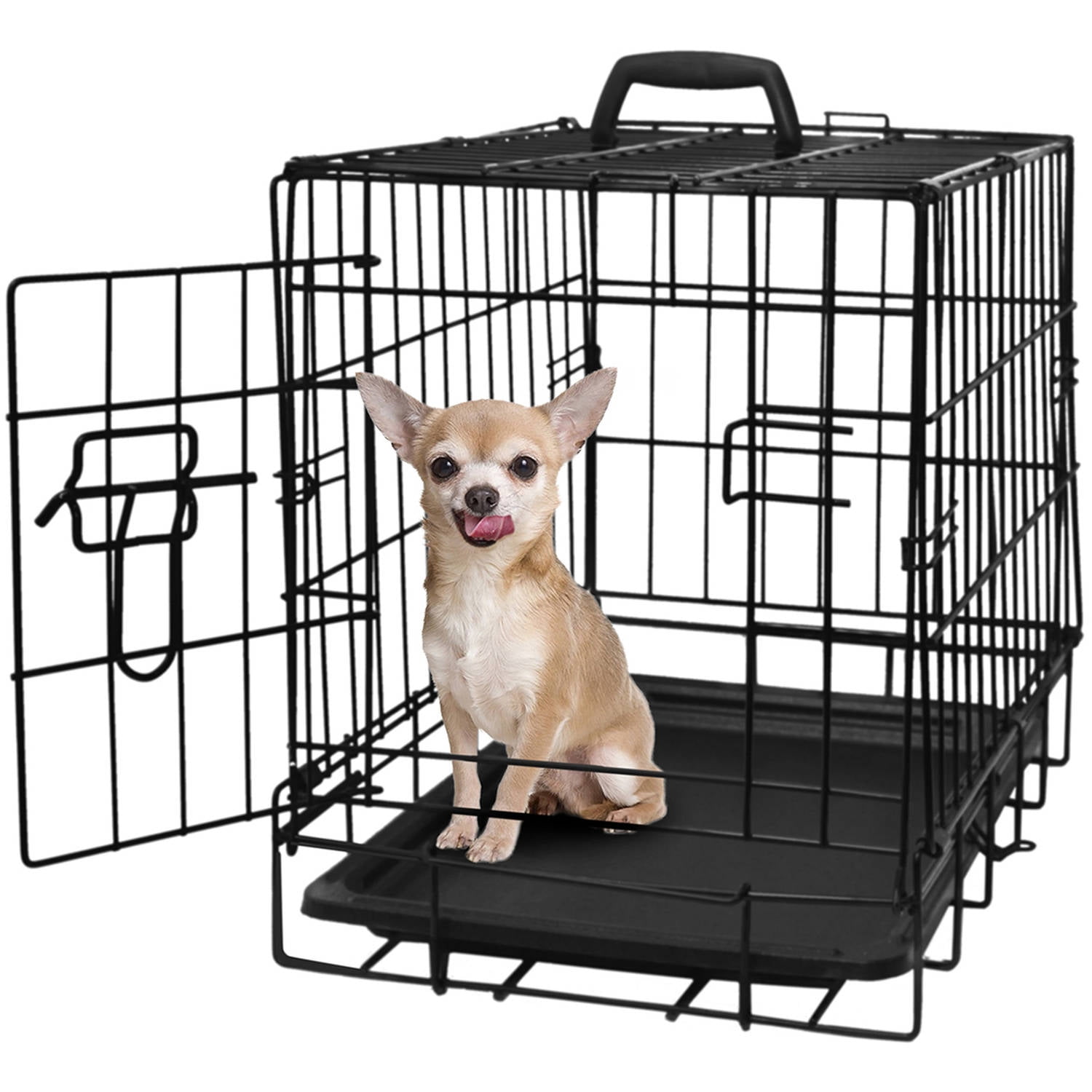


So, while some time spent in a crate is usually a positive element of dog rearing, too much time spent in a crate can have disastrous consequences.Ĭrates come in a variety of sizes and materials. They also need exercise, mental stimulation, and appropriate “potty” opportunities. Dogs are social animals they require interaction with other dogs or people. Most domestic dog owners are surprised to learn that wild dogs spend up to 16 hours a day sleeping! Rest periods in snug quarters are a natural part of caring for our dogs’ needs.īut… dogs have many other needs that crates interfere with. When wild dogs aren’t looking for food, trying to mate, or taking care of young, they are resting up to save energy for those key, life-sustaining activities. If a dog is properly introduced to a crate as a young pup he will view it as a safe refuge from the hustle and bustle of the house (and away from any pesky children!)-a place for peace and quiet and serious snoozing. In the wild, a den is a secure place to get some shut-eye without becoming someone else's meal. Dogs have a natural denning instinct, normally preferring safe, enclosed quarters for their naps. Q: I keep hearing about how dog crates are so great, but… I wouldn’t want to sit around in a cage, so why would I want to put my dog in one?Ī: Prison or cozy retreat? It all depends on perspective and on how you use the crate.


 0 kommentar(er)
0 kommentar(er)
